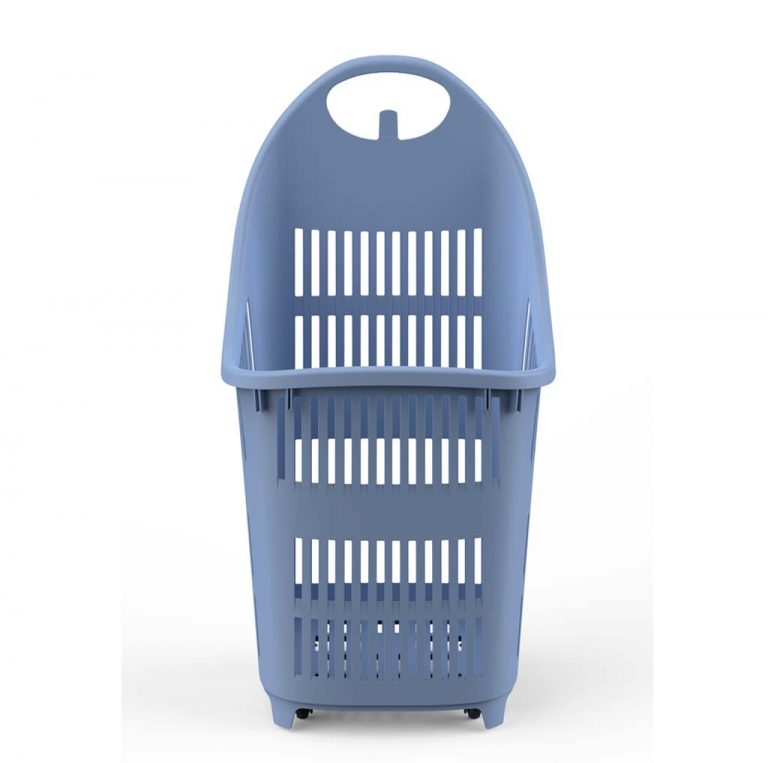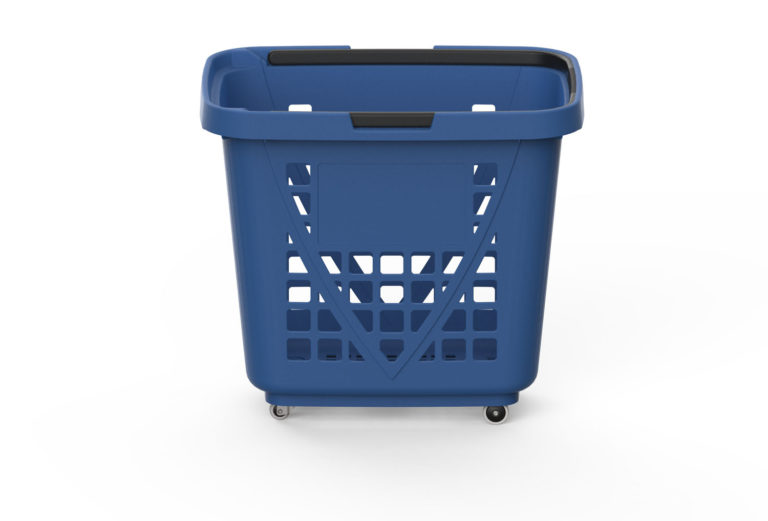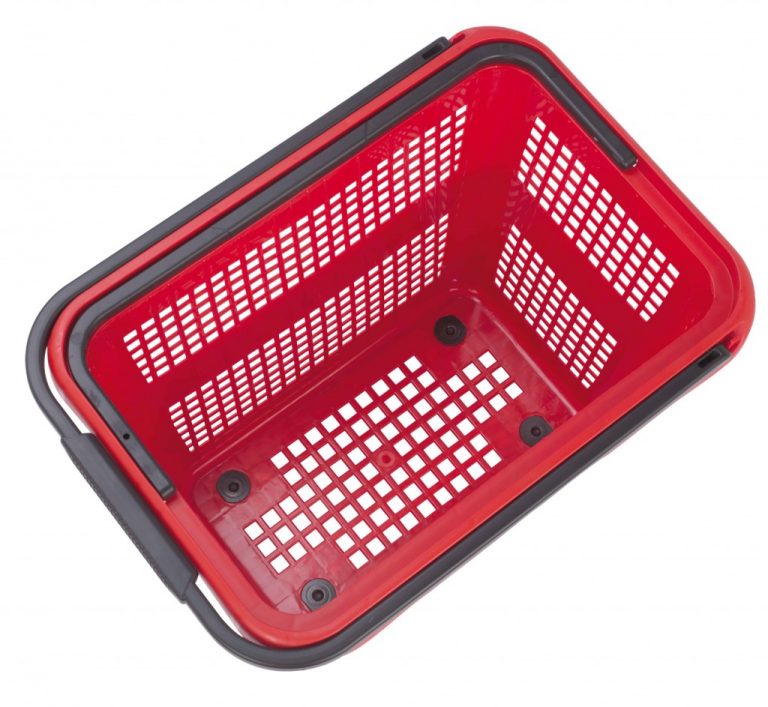Introduction
The strategic management of products and categories is crucial to the success of any organization. While the terms Category Manager and Product Manager are often used interchangeably, they actually refer to two distinct roles with unique responsibilities and approaches.
In this edition of Shopping Basket, we’ll explore the main features, strategies, and differences between these two roles.
What is a Category Manager?
A Category Manager is a professional who oversees a specific product category within a company, especially in the retail industry. Their main objective is to optimize sales and profitability for that category by analyzing market data, consumer trends, and purchasing behavior.

What is a Product Manager?
In comparison, a Product Manager, also known as a product lead, is responsible for managing the development, launch, and lifecycle of a specific product. This role requires collaboration with cross-functional teams, including engineering, design, marketing, and sales, to ensure the product aligns with market demands and company objectives. Additionally, the Product Manager conducts market research and outlines the product’s vision and strategy.
Key Differences: Category Manager vs. Product Manager
| Aspect | Category Manager | Product Manager |
| Focus | Strategic management of product categories | Creation, development, and launch of specific products |
| Objective | Maximize profitability and performance of a product category as a whole | Ensure the success of an individual product from conception to lifecycle |
| Analysis | Market data, consumer trends, and category performance | Customer needs, competition, and technical feasibility |
| Relationship with Suppliers | Strategic relationships to optimize supply chain and product quality | Collaboration for the manufacturing and delivery of specific products |
| Skills | Analytical, strategic, negotiation, and relationship management skills | Técnicas, de marketing, comunicación y gestión de proyectos |
Advantages of Having a Category Manager on Your Team
Adding a Category Manager to your team can offer several advantages for your business, including:
Customer-Centric Strategy:
With a deep understanding of customer needs and preferences, they can create strategies tailored to meet demand while minimizing errors.
Optimized Profitability:
Through data analysis and strategic execution, Category Managers identify ways to cut costs, streamline inventory, and maximize profit margins.
Continuous Innovation:
They consistently look for opportunities to introduce new products or improve existing ones, driving innovation within product categories.
Efficient Assortment Management:
By optimizing the product mix within each category, they ensure customers have access to the most relevant and appealing options. This is a key distinction from the role of a buyer.
Strong Supplier Relationships:
Category Managers work closely with suppliers, fostering long-term, mutually beneficial partnerships.
Collaboration and Synergy: Category Manager vs. Product Manager
Category Managers and Product Managers don’t work in isolation; instead, they collaborate closely to align product and category strategies for optimal results.
Here are the key aspects of their interaction:
Information Exchange:
They share critical insights, including sales data, market analysis, customer preferences, and industry trends.
Setting Common Goals:
Together, they define mutual objectives for the category, such as growing market share, increasing profitability, or launching new products.
Joint Strategic Planning:
Their collaboration involves reviewing past performance, spotting growth opportunities, analyzing competitors, and formulating action plans to improve category performance.

Challenges Faced by Category Managers
In today’s competitive business landscape, the role of the Category Manager is crucial but comes with its share of challenges, including:
- High Competition:
- Intensifying market competition requires Category Managers to create innovative and unique strategies to differentiate their categories.
- Market Dynamism:
- Rapidly changing consumer preferences and trends demand constant vigilance and quick adjustments to product offerings.
- Managing Multiple Categories:
- Handling several product categories at once calls for exceptional organizational, prioritization, and time management skills.
- Lack of Resources:
- Limited access to resources such as personnel, budgets, or technology can hinder a Category Manager’s ability to perform at their best.
- Measuring Impact:
- Evaluating the success of implemented strategies can be difficult due to the many factors influencing outcomes.
Category Managers vs. Product Managers: Managing Products and Categories
Category Managers and Product Managers are crucial to the success of companies that oversee products and categories. By working collaboratively and leveraging their unique strengths, they develop strategies that maximize profitability, foster innovation, and improve customer satisfaction.
At Shopping Basket, we’re passionate about the retail industry. If you’d like to explore these topics further, we encourage you to visit our blog.

 Sign up for our newsletter and be the first to receive our articles!
Sign up for our newsletter and be the first to receive our articles!



























